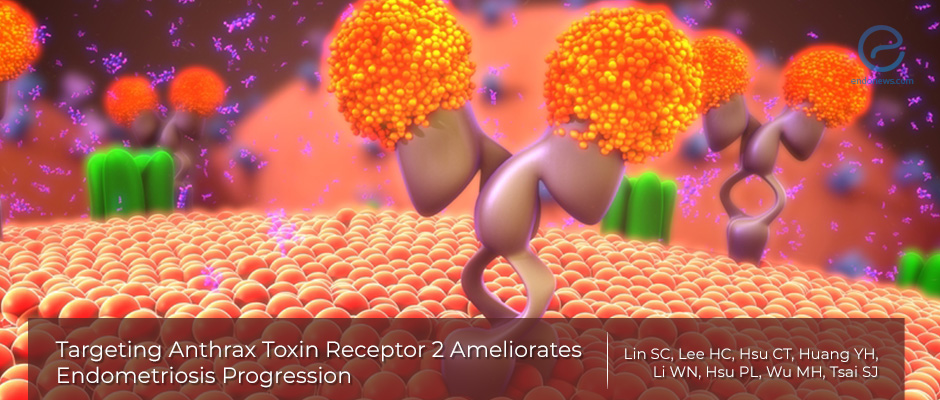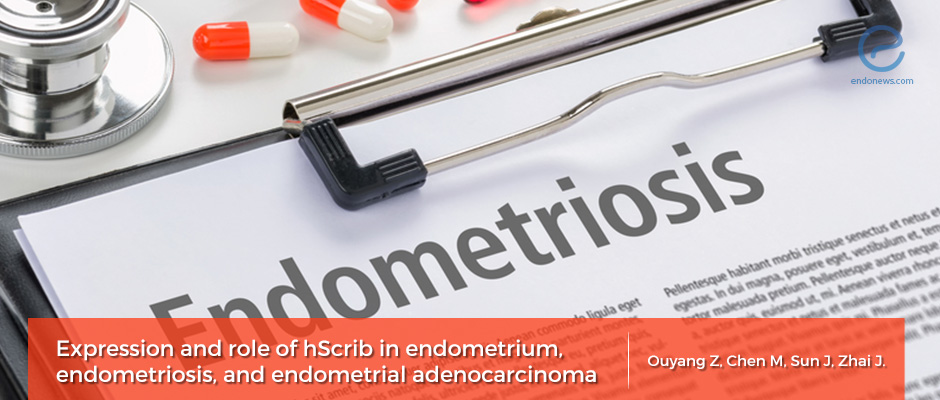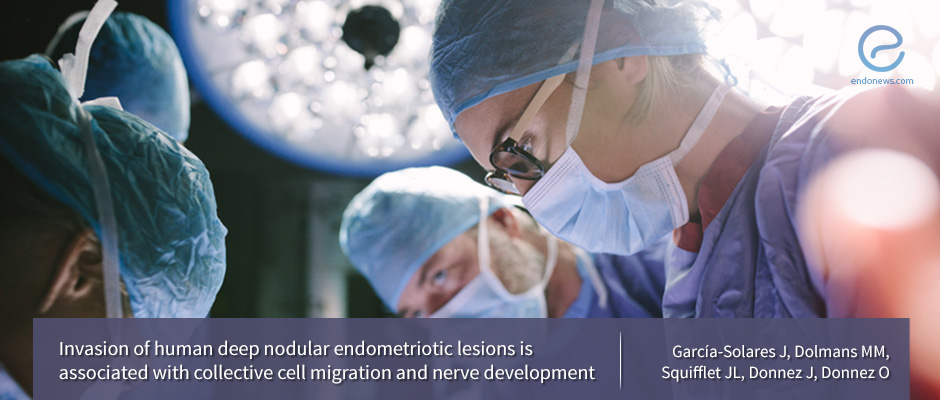A new hope for a "targeted" drug for endometriosis
Lin et al. from National Cheng Kung University, Taiwan, recently published in"Theranostics" the article entitled "Targeting Anthrax Toxin Receptor 2 Ameliorates Endometriosis Progression”, report that ANTRX2 may be a novel therapeutic target for endometriosis. Thinking that the adhesion should be the first and the…
Key Points Lay SummaryThe role of adhesion molecules, E-cadherin and hScrib, in endometriosis
Dr. Zhuo Ouyang and associates from the Capital Medical University, Beijing, China have recently published their research related to adhesion molecules in "Medicine (Baltimore)". Endometriosis is a “benign gynecological disease with some similarities to cancer”. Adhesion molecules E-cadherin and hScrib…
Key Points Lay SummaryConservative Surgery May Be Sufficient to Halt the Development of Deep Endometriosis
Deep endometriosis develops as a result of collective cell migration and nerve recruitment from surrounding organs, suggests a study published in the scientific journal Fertility and Sterility. Collective cell migration is the biological process whereby a group of cells moves…
Key Points Lay SummaryAdhesion molecules and endometriosis
Decoy receptor 3 (DcR3) is an immunomodulator regulated by estrogen and can regulate cell adhesion, which is a critical step in the initiation of endometriosis. In particular, the cell adhesion molecules, including ICAM-1 (intercellular adhesion molecule 1) and HCAM (homing…
Key Points Lay SummaryTGF-β1 Increases Cell Adhesion and Drives Disease Progression
Without a doubt, the mechanism that drives endometriosis disease progression is complicated. Choi et al. look to elucidate one part of this complex process. They seek to understand the role of transforming growth factor β1 (TGF-β1) in the initial adhesion…
Key Points Lay Summary
 By Selma Oransay
By Selma Oransay

 By Nasuhi Engin Aydin
By Nasuhi Engin Aydin

 By Özge Özkaya
By Özge Özkaya

 By Yu Yu
By Yu Yu

 By Kasthuri Nair
By Kasthuri Nair